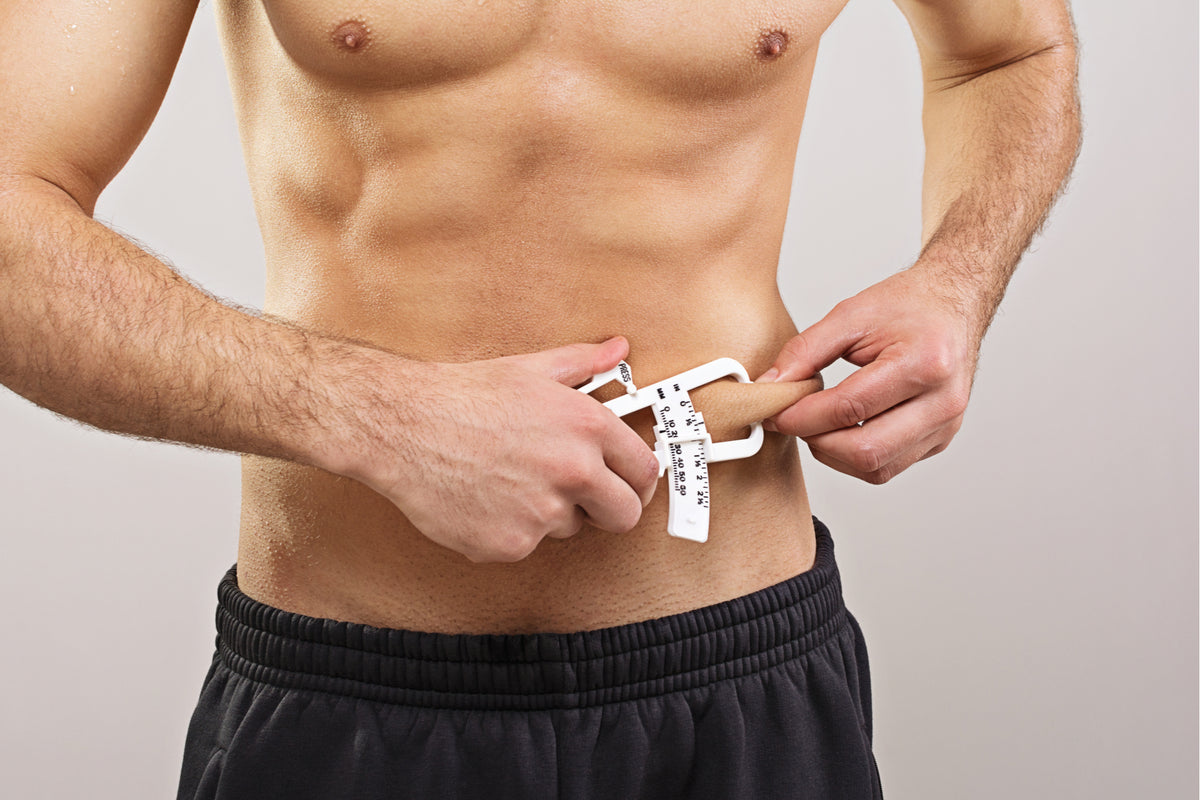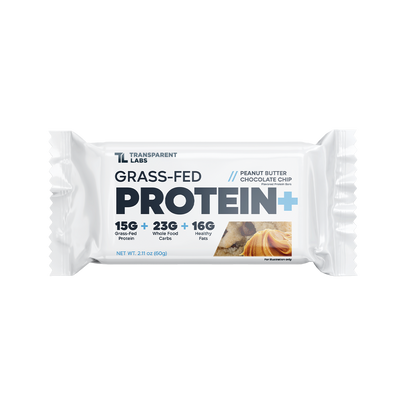What is Body Composition? How to Calculate Body Fat Percentage

Ask just about any person in the gym what their fitness goals are and you're all but guaranteed to hear something along the lines of "I want to get rid of excess body fat and build some muscle." When they say this, they are telling you they want to improve their body composition.
But what is body composition, exactly? How do you measure it? Is it the same as body fat percentage? Well, not necessarily. There are a few key differences between body fat percentage and body composition. This article will explain what those are and detail how to calculate body fat and how to accurately measure body composition.
What is Body Composition?
Body composition, not to be confused with "body fat percentage," is somewhat of a misleading term since it technically may refer to the complete elemental makeup of the human body or simply the proportions of fat-free mass and fat mass you carry. That is to say that, on a macroscopic level, we are comprised mainly of adipose tissue (body fat) and lean body mass (muscle, bone, and water).
Simple Body Composition Definition
To keep it simple, the definition of body composition (in the context of physical fitness) is the proportion of muscle, bone, fat, and water in a person's body. Hence, body composition and body fat are close relatives for determining leanness.
When someone says their goal is to improve body composition, this means they want to increase their lean body mass (e.g., skeletal muscle) and reduce their body fat.
Body Fat vs. Body Composition
Though it may seem counterintuitive, body fat percentage and body composition are not necessarily the same measures. The amount of fat tissue (adipose) you carry is a component of body composition, but body fat percentage doesn't you much about the proportions of your lean body mass/fat-free mass like a body composition test does.
Body fat calculators mostly tell you what percent of your body is adipose tissue, which you can then derive fat-free mass (FFM) from by factoring in your body weight. Essentially, body fat percentage tells you about the proportions of fat-free mass and fat mass throughout your body; it is a simplified two-compartment body composition model.

On the contrary, a functional (multi-compartment) body composition test will provide a breakdown of the proportions of water, bone tissue, muscle tissue, and fat tissue in your body. Some body composition analyses even go all the way down to the atomic level to detail the amount of carbon, hydrogen, oxygen, electrolytes, and other elements in your body.
Since the human body is mostly water (by mass), we contain plenty of hydrogen and oxygen.
How Do You Measure Body Composition?
There are several ways to calculate body fat and assess body composition, including bioelectrical impedance or even just simple skin caliper pinches.
While the above methods are generally easier to perform and more accessible to the general public, they tend to be unreliable/inaccurate and less detailed about body composition (R).
To accurately measure body composition and calculate body fat percentage, your best bet is to undergo a dual-energy x-ray absorptiometry (DEXA) scan (R). The DEXA scan is the "gold standard" for testing body composition -- it uses two energetically distinct laser beams that assess the amount of ray absorption by bone tissue.
DEXA scans are highly accurate, but they are not as readily available (or cost-effective) as less-sophisticated methods. The cost for a DEXA scan generally ranges between $150-$300, but it can vary based on your medical and insurance coverage, and why you are performing the procedure.
Some physicians may even use CT scans or MRIs to assess body composition, but these are cost-prohibitive and generally not something you can do voluntarily unless your doctor considers it an urgent medical need.
For fitness tracking, a DEXA scan is much more practical.
DEXA Scan vs. BOD POD: Which is Better?
After a DEXA scan, your next-best bet for testing body composition is air displacement plethysmography (ADP) using a contraption known as the BOD POD. Some commercial gyms will have a BOD POD that you can use to measure your fat-free mass and fat mass, but it's not as detailed as a DEXA scan. The advantage of the BOD POD is that it's more accessible and less expensive than a DEXA scan.
Bioelectrical Impedance and Hydrostatic Weighing

Single-frequency bioelectrical impedance is a modern "household" way of measuring body composition that's commonly used in bathroom scales and handheld devices that calculate body fat. While it is convenient, single-frequency bioelectrical impedance is not as reliable or precise as a BOD POD, DEXA scan, or hydrostatic weighing (i.e. it may tell you you're much leaner than you really are) (R).
Hydrostatic weighing is accurate, albeit a bit more involved and expensive since you have to be lowered into a water tank. Nevertheless, it's an accurate way to calculate body fat percentage.
How to Calculate Body Fat Percentage?
It is generally advised that most individuals, especially those who are avid gym-goers and athletes, have some idea of their body composition and body fat percentage.
If you don't have immediate access to a BOD POD or DEXA scan, you can calculate your body fat by using skin calipers at home. This is an easy method that involves simple skin pinches in certain regions of the body to give you a general idea of how much fat tissue you carry. The more flab you can pinch, the more body fat you hold.
You can then enter the skin-fold measurements and your weight into a body fat calculator to calculate body fat percentage.
The Uses of Body Composition
Depending on what type of body composition test you undergo, the results can be highly specific or fairly basic. For fitness purposes, a body composition test is arguably the most useful way to track muscle-building and fat-loss progress.
The catch is that not all body composition testing methods are reliable (the same can be said for body fat calculators). In general, a DEXA scan or BOD POD are the best ways to accurately assess your body composition and calculate body fat percentage.

BMI vs. Body Fat: Which Should You Focus On?
Here's the perplexing thing: Most people focus solely on their body weight as a measure of "progress." Sure, weighing yourself does provide a quantitative metric for weight loss and weight gain, but it doesn't tell you much about body composition or your body fat percentage.
Body weight by itself is not a sufficient measurement of progress. There are few scenarios where someone’s fitness goal should be to gain or lose weight just for the sake of seeing a quantitative change on the bathroom scale.
Therefore, the Body Mass Index (BMI) is a rather misleading assessment of health and body composition. In fact, BMI tells you very little about your body fat and lean body mass. People who are very muscular can technically be classified as "obese" by BMI standards simply because it uses your weight, height, age, and biological sex to determine if you're in a healthy weight range or not.
In other words, a BMI calculator doesn't factor in your body composition. As such, body composition and body fat percentage are typically better measures of progress for fitness purposes.
Remember: quality matters when it comes to being lean. It doesn't matter how heavy you are -- if you're carrying 30% of that weight as body fat, you won't be able to see much the muscle you packed on over the years.
By the same token, there are plenty of bodybuilders and athletes who only weigh 170 pounds at 5'10" (or taller), yet they look very muscular because of how lean they are. As they say, it's all about creating an illusion.









